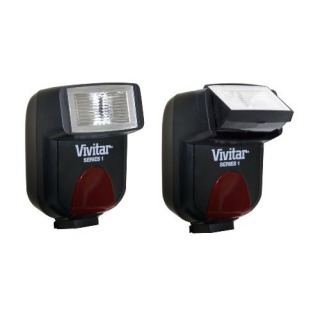 Originally posted by ChrisJ
Originally posted by ChrisJ 
The advantage of the Metz is you can update their firmware, after the update they will work with the K-01, Q or any other Pentax camera in TTL. I had to update my 48-AF1 flash so it would work on the K-01.
Just for the uninitiated, apologies to all that already know this stuff.
Flashguns alter their light output by altering the duration of the flash, the flash tube always fires on full power, altering the duration alters the light output. On low powers the flash duration can get very rapid 1/50,000th of a second or so.
There are 3 kinds of flashgun (strobe)
The cheapest is manual flash e.g. Yongnuo, You have to empirically set the exposure on a suck it and see basis, if you alter the flash to subject distance the exposure will change, but it is the system that makes controlling the lighting far more controllable and creative with practice. Most studio strobes are Manual.
Manual flash works like this;-
When your taking a flash photograph you are taking two simultaneous exposures, one for the ambient light and one for the light from the flash with manual flash you can control both independently.
ISO and Aperture effect both lighting components the same.
Flash power and flash to subject distance controls just the flash component.
Shutter speed controls just the ambient component. By slowing the shutter speed more of the ambient is recorded, the background gets brighter. By using low ISO, small aperture and as fast as possible shutter speed (the X speed of your camera, for Pentax 1/160th) you record very little ambient and you get a black background. Flash duration will always be much faster than the shutter speed so altering the shutter speed has no effect oh the flash component.
You can have any blend of ambient and flash using manual flash with total control, but it is slower to use and needs practice (and a flash meter). Any auto or TTL flash tends to give you just 'fill in' flash. It 'fills in' the shadows.
The next cheapest which is also used on quite a few older flash is Auto, Auto flash have a sensor built into them that quenches the flash when a certain light level has been reflected off the subject, this usually corresponds with f8. The idea is they give a constant amount of light on the subject no matter what the flash to subject distance is (within it's range).
TTL (Through the Lens) uses the camera as the reflected light sensor, these fire a pre-flash which the cameras metering system reads and from that info calibrates the time constant for the quench circuit using the settings set on the camera, then the camera quenches the flash tube at the correct moment though another contact on the hotshoe. It works well as it's metering the same view that the camera is recording and you can use any aperture.
Chris
Chris,
Pretty good explanation, but there needs to be a correction.
TTL does read the light reflected off the sensor (or film) but does not use a preflash. It terminates the flash much like AUTO flash units, but the exposure continues until the end of the shutter period, leading potentially to over exposure in strong background light
P-TTL uses the cameras built in metering in the prism taking both ambient light and pre-flash light through the cameras normal metering, and then calculates the flash duration required in addition to the ambient to get the exposure.
TTL is a reactive process, P-TTL is a predictive process


 Similar Threads
Similar Threads 



























